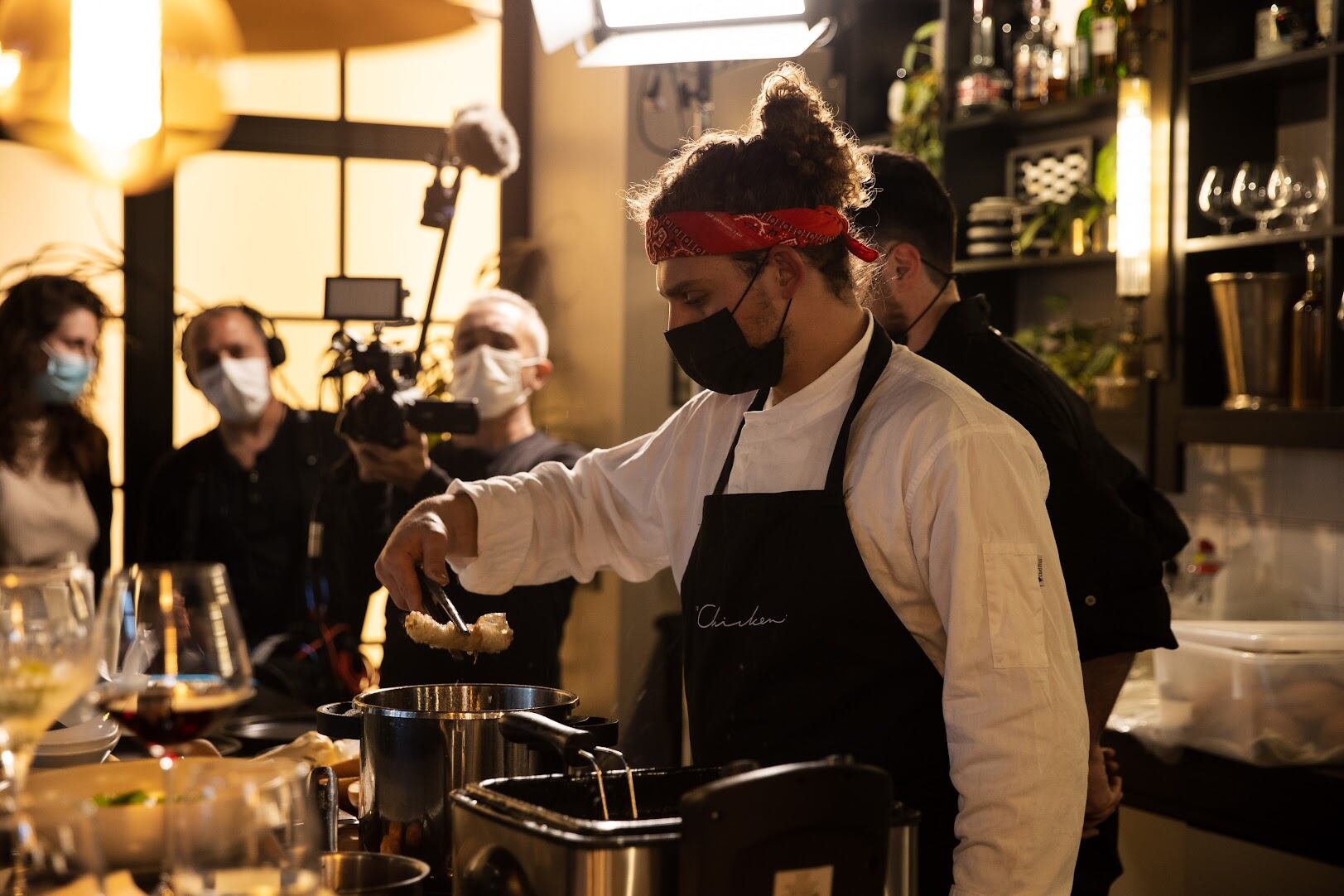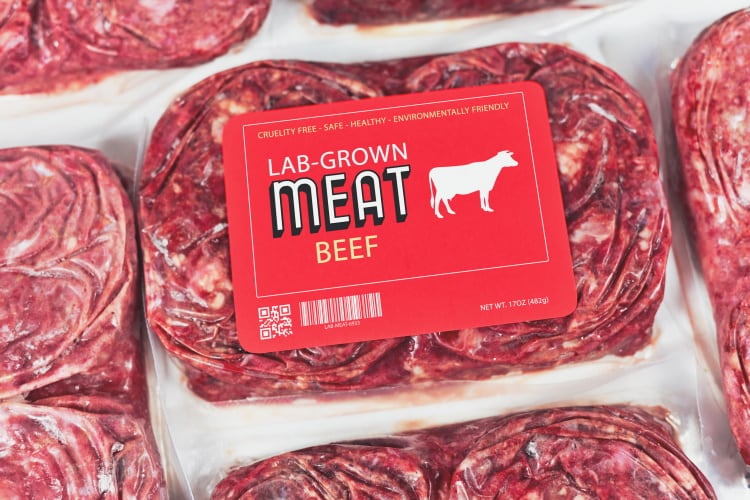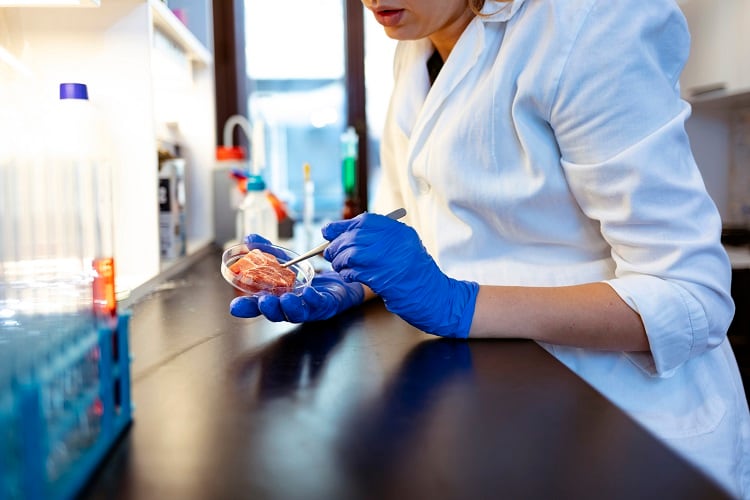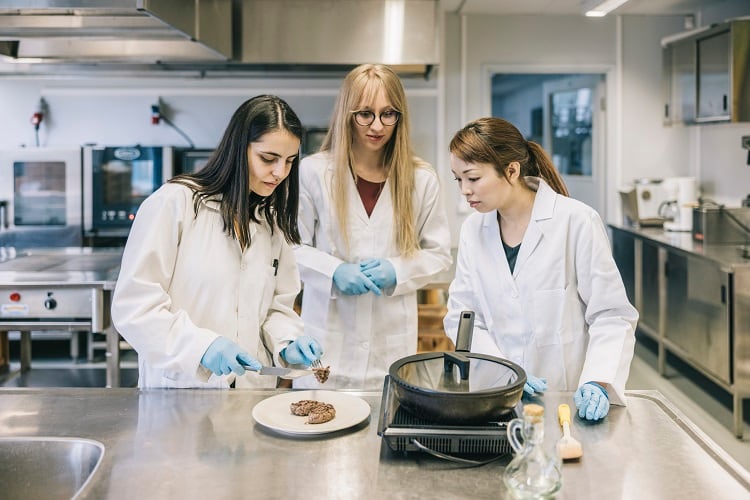Cultured meat, produced from animal cells grown in a growth media, is one of a number of alternative proteins that are expected to rebalance future demand for conventional animal proteins. As commercialisation of cultured meat nears, industry watchers have turned their attention to the question of consumer acceptance.
When asked about cultivated meat, consumers most frequently identify animal welfare and environmental benefits as appealing characteristics, research suggests. There’s also potential to highlight personal benefits, such as health and food safety – areas that today many consumers instinctively identify as a risk. But at the end of the day, as objections based in neophobia and norm violation decrease, widespread acceptance will largely boil down to two issues: price and taste.
Israeli food tech company SuperMeat decided to put the second point in the spotlight, conducting what the group describes as the ‘first-ever’ public blind tasting comparing cultivated and conventional chicken.
SuperMeat invited a trio of high-profile culinary experts and media personalities – MasterChef judge Michal Ansky, chef and restaurateur Yair Yosefi, and consumer reporter for Israel’s most-watched news programme on Channel 12 Lee Abramovich – to its Tel Aviv restaurant, The Chicken. Located at the site of SuperMeat’s production plant, this is the world’s first dining venue to serve meals using cultivated meat.
In the side-by-side tasting, the panel was served two samples of ground meat – one cultivated and one conventional – without any seasoning or flavour overlay.
Reaction, which can be viewed in the video above, saw opinion split. Ansky and Yosefi both incorrectly identified which was the cultivated chicken, while Abramovich couldn’t pick out which was traditional and which was lab grown.
“I'm extremely happy I was wrong, for one of the first times in my life. This kind of breakthrough has been a long time coming,” Ansky reflected. “It's inspiring to see a more sustainable future can be achieved via cultivated meat."
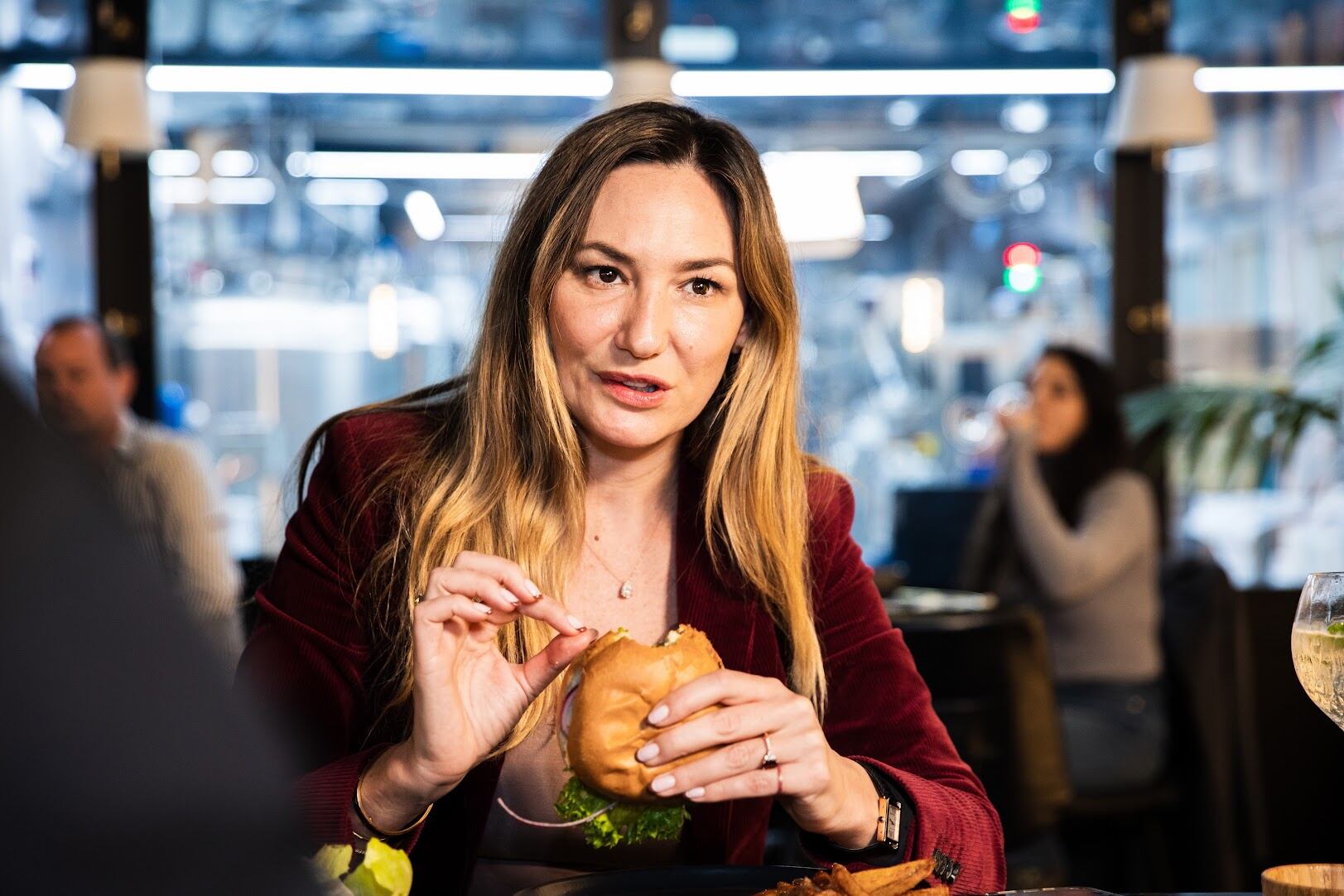
‘There is a difference’
The judges reported that there were some distinguishing characteristics between the two samples. For instance, the colours weren’t an exact match; Ansky suggested that one was ‘saltier’ and reported that SuperMeat’s lab grown meat had a ‘richer’ flavour.
“There is a difference between them, but I wouldn’t be sure which one was the chicken,” Yosefi confirmed.
Ansky described the event as ‘an historic moment’. But the Israeli gastronomic expert also highlighted the limitations of the unflavoured minced meat that she was asked to sample. “It’s very hard to detect because we have minced meat… It needs more fat, it needs skin… This is a paste: it is pate and it is dry,” she said.
When sampling the meat in recipe applications, which included a chicken burger, she revised this opinion: “This tastes like chicken.”
Unstructured meat just the first step
SuperMeat believes that transparency will be crucial for food system transformation and the company has opened up its pilot production plant to provide an ‘unfiltered end-to-end view’ of manufacturing cultured meat, from the plant floor to the kitchen.
For CEO Ido Savir, this blind taste test represents another important step in this mission. "Now that we've shown that cultivated meat and traditional meat can be indistinguishable, the potential impact on how companies develop and produce meat products today, and consequently potential impact on our planet, is monumental," he said.
Responding to the concern raised by Ansky – that samples of minced chicken don’t provide the same organoleptic experience as a whole cut – Savir told us that SuperMeat is advancing its technological platform towards the development of more advanced structured meats.
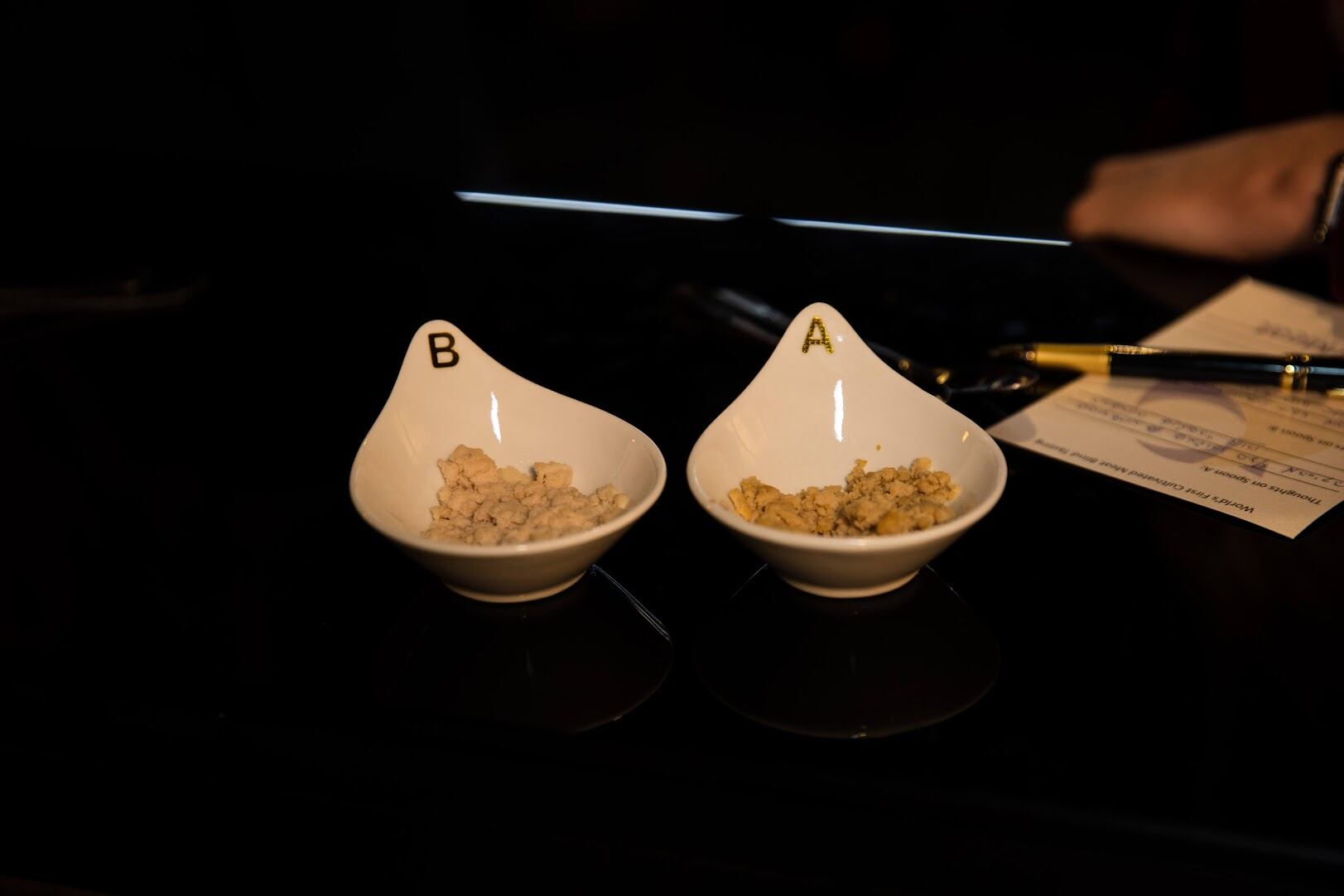
“The first-generation product that we offer is unstructured/ground meat which is what we served at the blind tasting event,” he said, speaking to FoodNavigator after the event.
“We [have] developed a unique technology based on our avian stem cell platform where we grow muscle, fat and connective tissue all together in a tissue-like structure. One of the strong points of this technology, which we've also patented [and is] currently in PCT [Patent Cooperation Treaty] stage, is its ability to grow tissue-like structures in full suspension without any carrier or scaffolding, resulting in a product that is 100% meat.”
This approach is beneficial, the food tech innovator continued, because it ‘avoids the complexities that may be introduced when working with meat masses that have embedded foreign material such as soy or algae’. These additional ingredients, he continued ‘may be undesirable in some applications or target audiences’, for example those with allergies. “Furthermore, during the formation of the tissue-like structure, the proportion of muscle to fat can be controlled to make the meat mass suit the intended use.”
The end game is whole cuts of meat that are slaughter-free and produced via scalable fermentation technologies. “For whole cuts, we opted to structure the meat during the processing stage, allowing us to use standard and well-established fermentation technologies and facilities that have been demonstrated to be scalable to hundreds of thousands of litres.
“We’re in the process of developing whole cut applications using various structuring techniques, which we’re excited about,” Savir revealed, adding he will share more once these products pass SuperMeat’s ‘very high bar’.
Not limited by cut or breed
Just as SuperMeat plans to move beyond unstructured meat, the company is also not limited to any particular cut of chicken. Using stem cells, it can mature ‘any part of the meat’ from breasts to livers and ‘anything in between’.
“To date, we have scaled up muscle, fat and connective tissue and have additional products in the pipeline aiming to cover the entire category of poultry and meat products,” we were told.
“There are multiple factors which affect the flavour profile of the meat, from the breed of animal used to the ratio between muscles and fat in chicken breast or thigh as well as deeper level attributes, such as the fatty acid profile – all of which impact the flavour profile and functional properties such as melting temperature and oxidation level. As a B2B player, we’ve established a multi-breed production platform that allows us to manage and control these attributes to provide our partners with the tools to supply a diverse portfolio of high quality meat products,” the chief executive said.
“We are already using fat in our meat production and are experimenting in our open test kitchen, The Chicken, with a variety of meat applications using different levels of fat as well as a variety of breeds and structures.”
